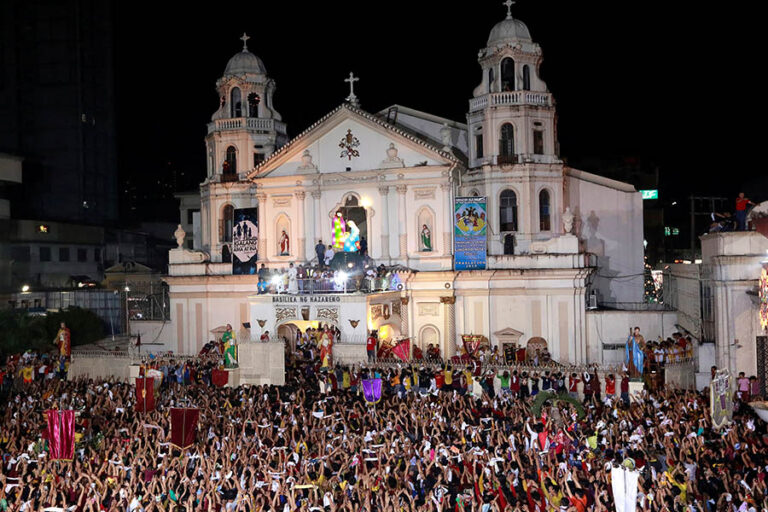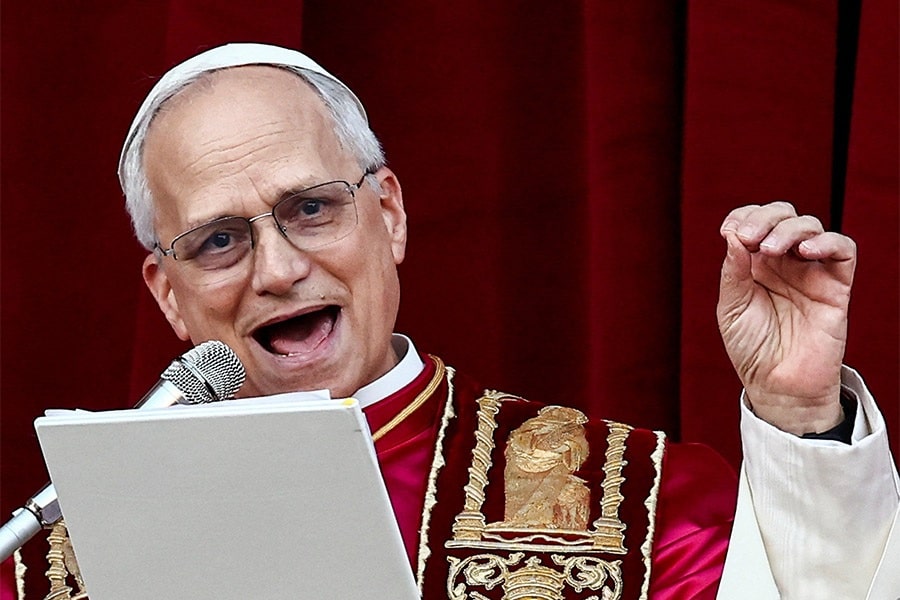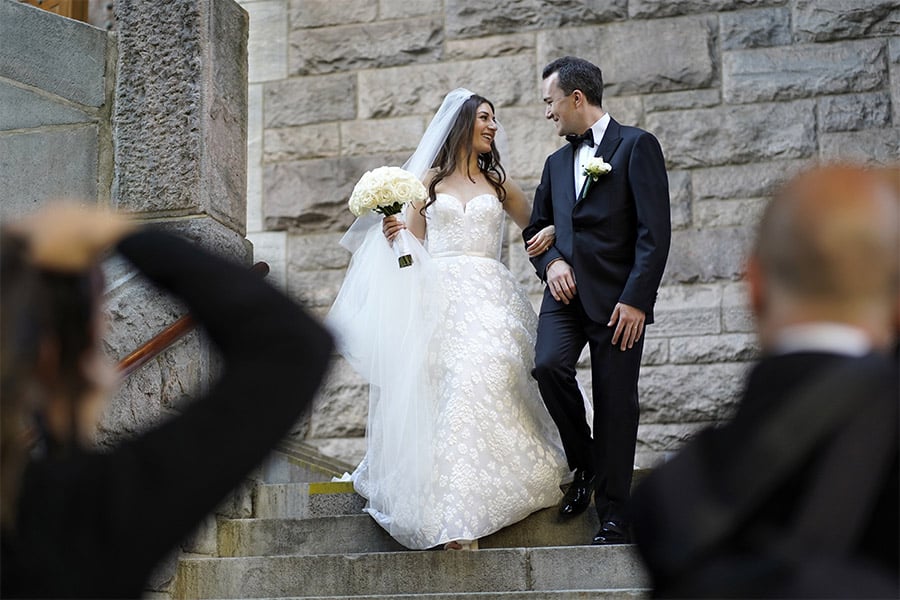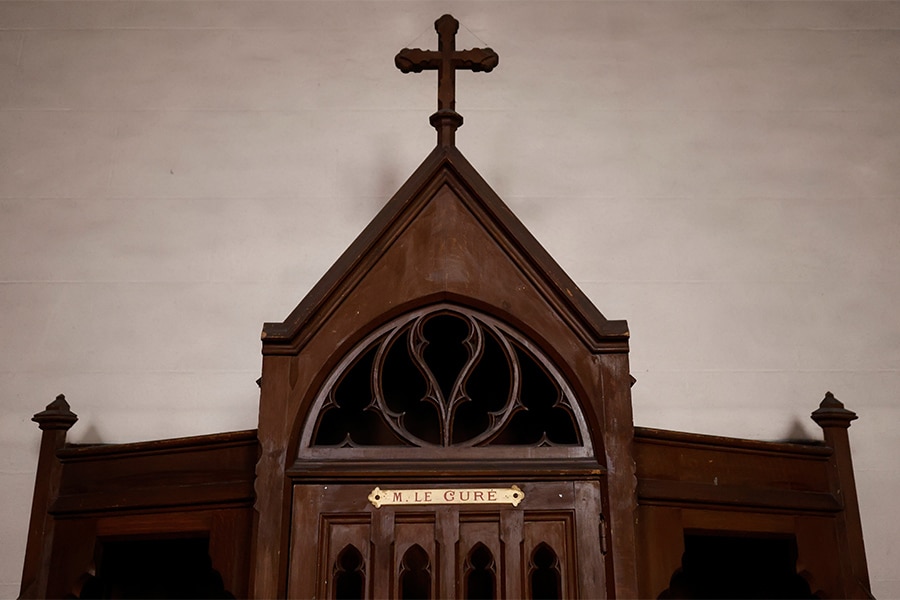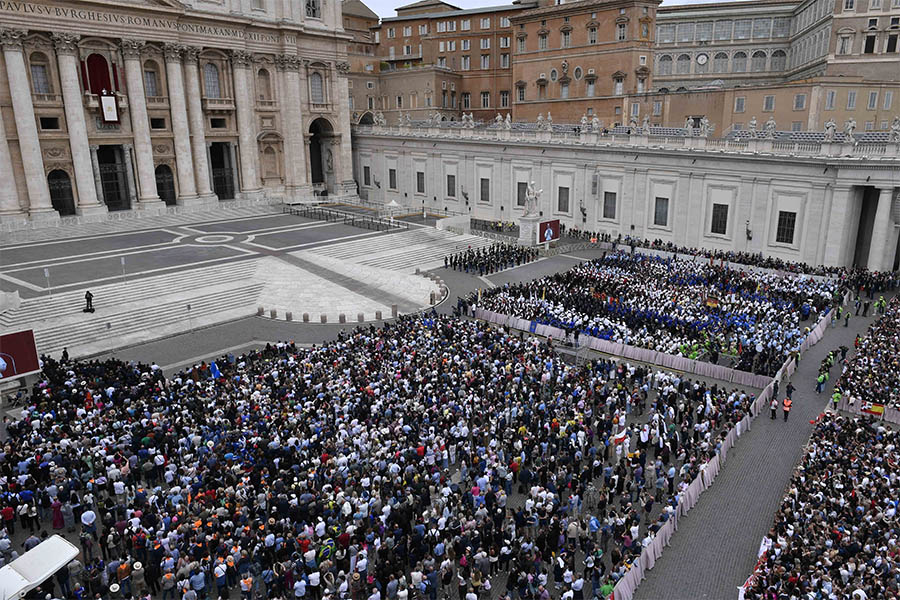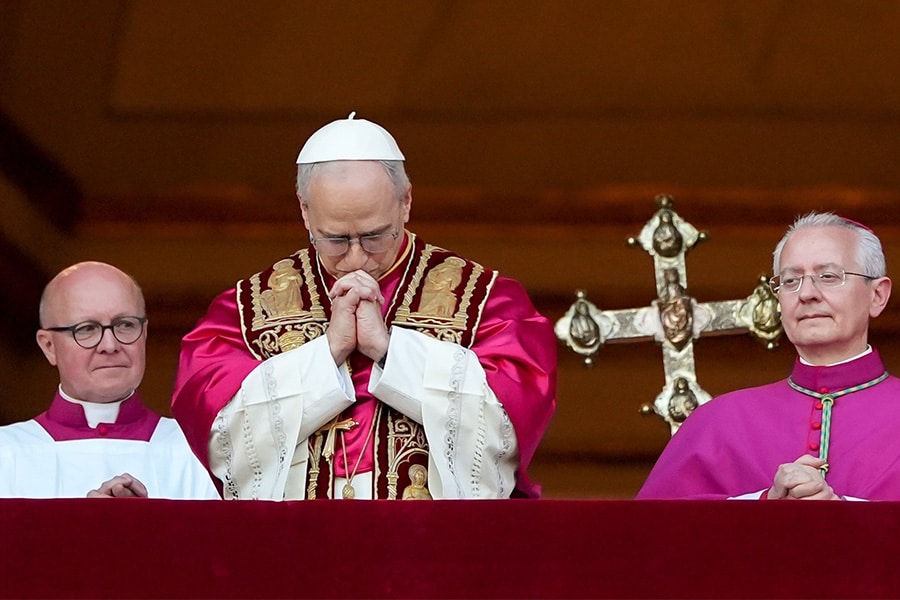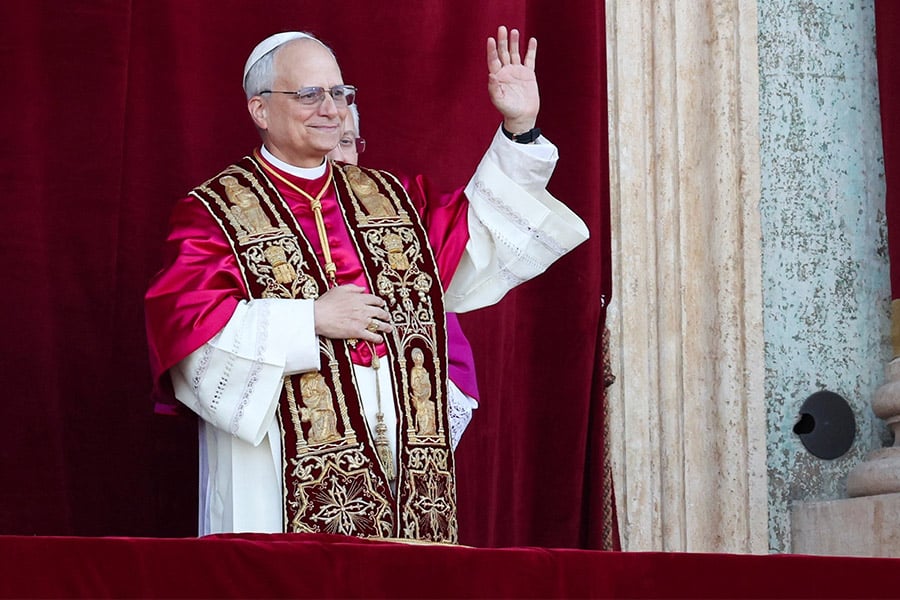Q: A two-point question: It is common to hear, “It’s a miracle,” for a sports comeback victory. Does the church actually have a definition of a miracle? When it comes to canonization, miracles are required, aren’t they? Does a miracle happen in other domains except health and medicine? (Cape Girardeau, Mo.)
A: A miracle is an extraordinary phenomenon that cannot be explained by any natural cause. In its glossary, the Catechism of the Catholic Church defines a miracle as “a sign or wonder such as a healing, or control of nature, which can only be attributed to divine power.”
Calling something like an unlikely sports comeback a “miracle” is using quite a bit of poetic license, since there is a readily discernible natural explanation for the victory (namely, the skill of the athletes, which the athletes acquired through their own human efforts).
There also are situations where God truly may have intervened in answer to a prayer — for instance, a disease goes into an unexpected remission after a course of medical treatment, or a wayward loved one has a surprising conversion of heart — but which cannot be called miracles in a strict technical sense, as there can be a strong natural component to such blessings. In instances such as these, we might understand God as working within the natural order he established, albeit perhaps in an especially active way; this is as opposed to “breaking the rules” of nature, which is what happens in a true miracle.
Medical miracles seem to be the kind of miracle we hear about most often today, but not all miracles are health-related. While Jesus seemed especially fond of performing miraculous healings, the Gospels give us many wonderful examples of other kinds of miracles — consider Jesus turning water into wine at the wedding at Cana; the multiplication of the loaves and fishes, and Jesus calming a storm. In more recent times, there was the “miracle of the sun” at Fatima on Oct. 13, 1917, when numerous witnesses saw the sun move and seemingly dance in a way that should have been impossible.
Q: Second point: We supposedly agree that the human ceremony of canonization does not create a saint. That is God’s doing. So, why are miracles so central to canonization? (Cape Girardeau, Mo.)
A: Theologically, a saint is anyone who is actually in heaven with God, but canonized saints are those whom the church has officially recognized as presently enjoying the beatific vision. This recognition is for the benefit of those of us still here on earth, as canonized saints are heavenly intercessors to whom we can confidently turn, and they serve as role models of Christian holiness in various states and circumstances of life.
As this is a determination the church really wants to get right, the process of canonization is necessarily a lengthy and involved one. For a non-martyr, the process begins with a very detailed investigation of the potential saint’s life. If this investigation shows that they truly lived a life of heroic virtue, that person is declared “Venerable.” If there can be a proven miracle attributed to the Venerable’s intercession, that person is beatified and given the title “Blessed”; after a second miracle, the person can be canonized and is declared a saint.
Supposed miracles can be and are evaluated by either medical doctors or other impartial experts in their respective fields to rule out any merely natural explanation (thereby proving a supernatural one). As such, miracles are central to the canonization process because, to put it in very practical terms, they are the best we have in terms of finding objective signs from God that a person is in heaven.
Jenna Marie Cooper, who holds a licentiate in canon law, is a consecrated virgin and a canonist whose column appears weekly at OSV News. Send your questions to CatholicQA@osv.com.
Copyright © 2023 OSV News

